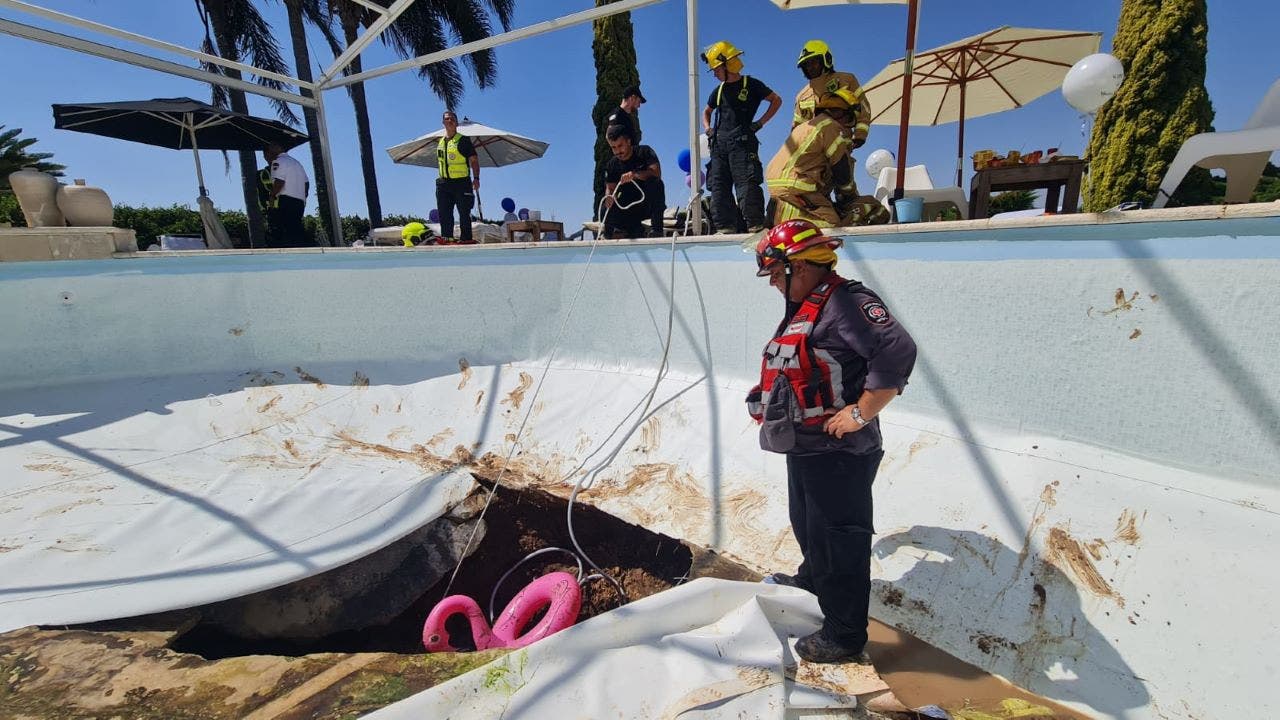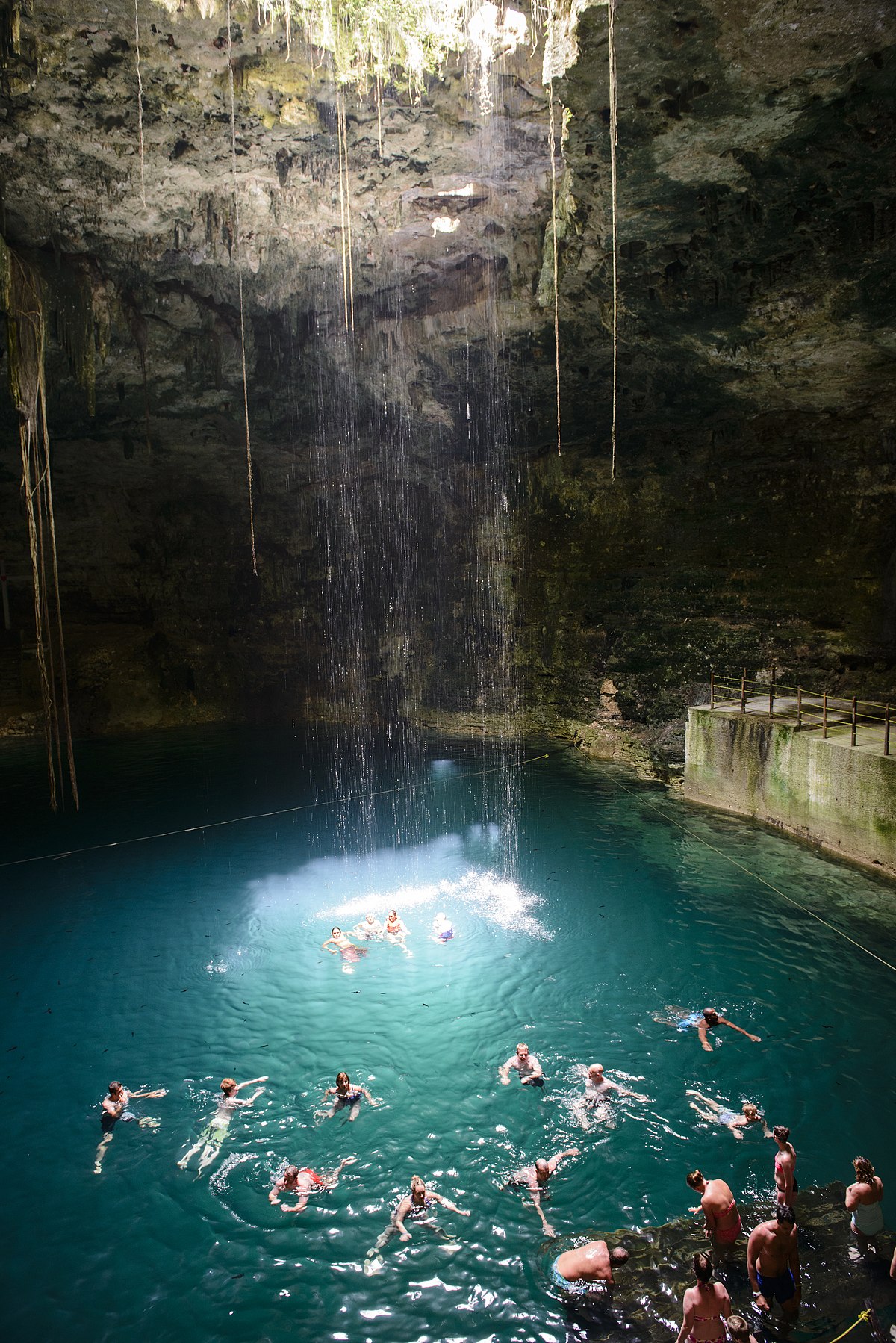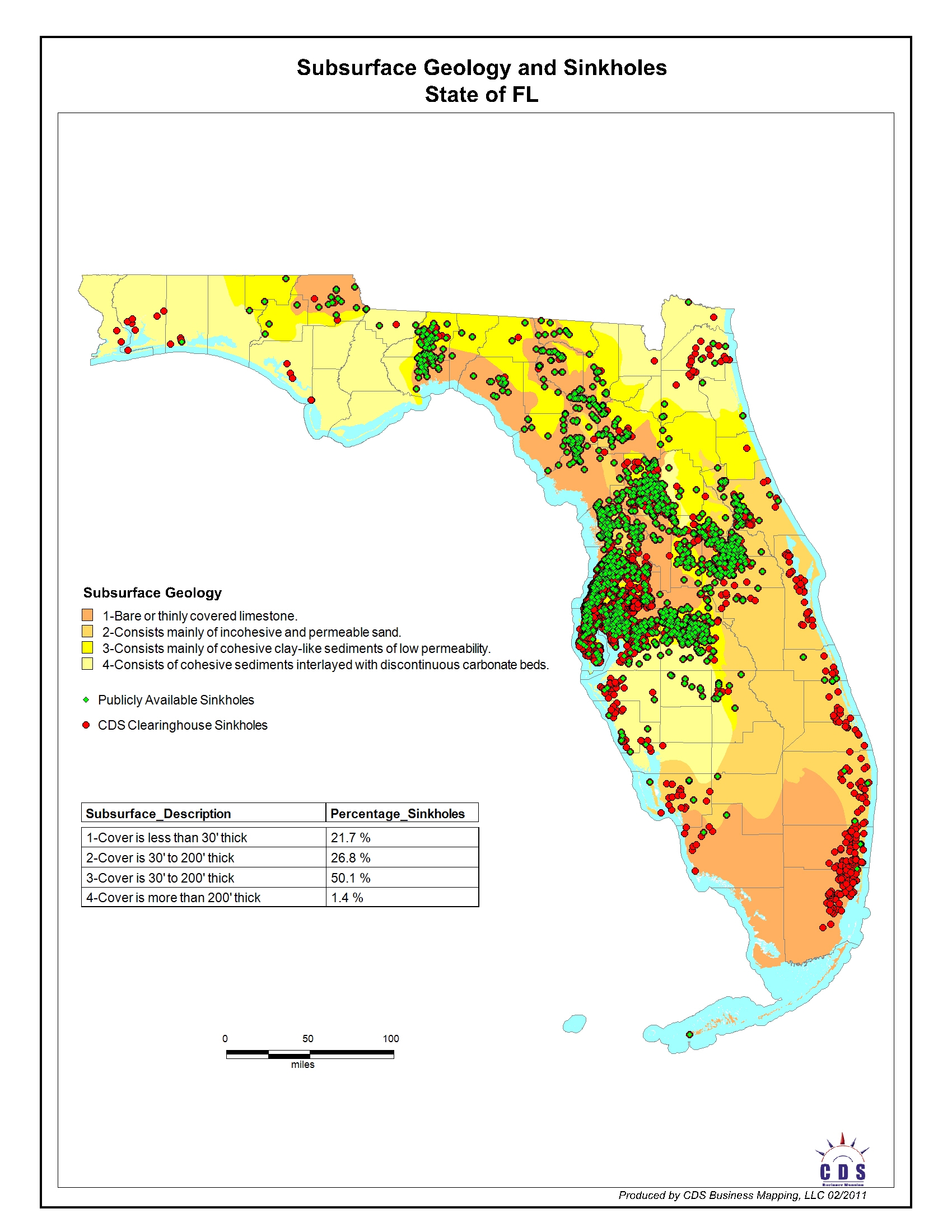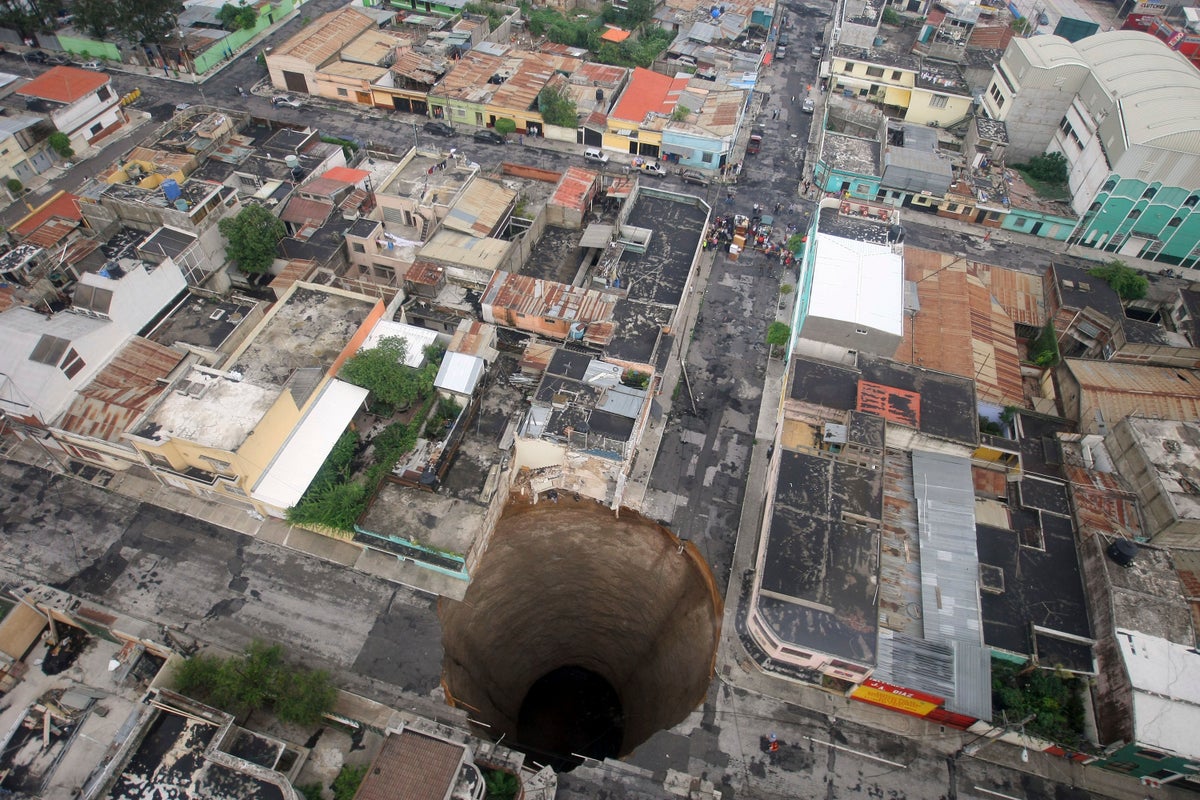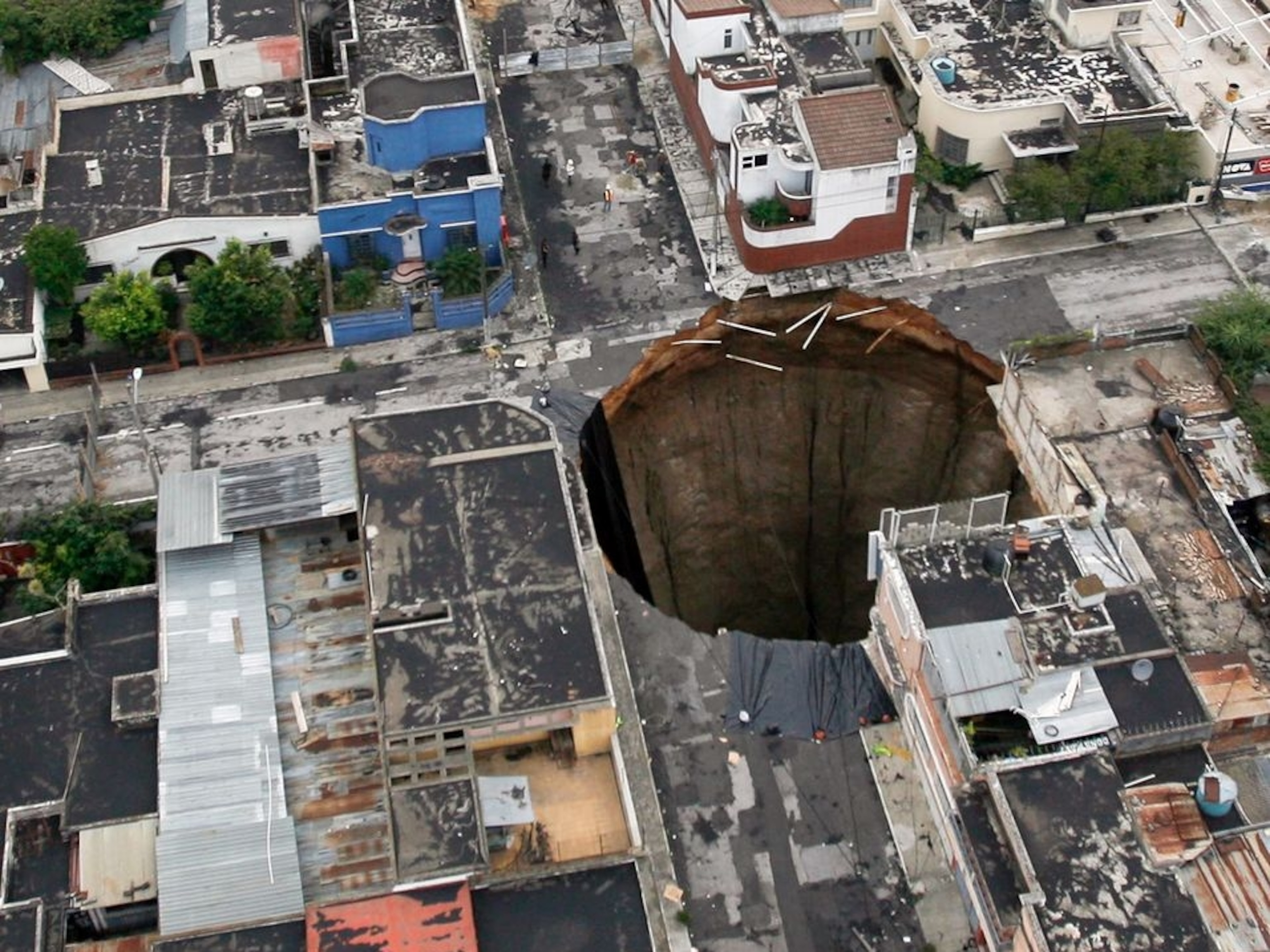Topic 2013 florida sinkhole: Discover the chilling tale of the 2013 Florida sinkhole, a catastrophic event that captured global attention and highlighted the unpredictable nature of sinkholes.
Table of Content
- What caused the sinkhole in Florida in 2013 to open up beneath a home in Seffner?
- Background of the Incident
- Impact and Safety Measures
- Conclusion
- Overview of the 2013 Sinkhole Event in Seffner, Florida
- Immediate Response and Efforts to Recover Jeffrey Bush
- YOUTUBE: Deadly Florida Sinkhole Swallows Man Again in 2013
- Geological Analysis of the Sinkhole Formation
- Impact on the Local Community and Safety Measures
- Reoccurrence and Monitoring of the Sinkhole Site
- Understanding Sinkholes: Causes and Prevention
- Legislation and Insurance in Sinkhole-Prone Areas
- Advancements in Sinkhole Detection Technology
- Personal Stories and Community Resilience
- Conclusion: Lessons Learned and Future Directions
What caused the sinkhole in Florida in 2013 to open up beneath a home in Seffner?
The sinkhole that opened up beneath a home in Seffner, Florida in 2013 was caused by natural geological processes. Sinkholes are typically formed when acidic water dissolves the underlying limestone rock, creating cavities in the ground. Over time, the weight of the earth above the cavity causes it to collapse, resulting in a sinkhole.
In the case of the Seffner sinkhole, the specific trigger for its sudden collapse under the home of Jeff Bush was not definitively identified. However, heavy rainfall and changing water levels in the area are often contributing factors to sinkhole formation. These environmental conditions can destabilize the ground, leading to the eventual collapse of the surface and the formation of a sinkhole.
It is essential for individuals living in sinkhole-prone areas, like Florida, to be aware of the signs of potential sinkhole formation and take precautions to protect themselves and their property.
READ MORE:
Background of the Incident
The sinkhole, which formed on the night of February 28, 2013, took the life of 36-year-old Jeffrey Bush in a catastrophic event that drew national attention. The ground beneath his house in Seffner, near Tampa, Florida, gave way, creating a vast crater that engulfed him as he slept.
Reoccurrence of the Sinkhole
Since the initial event, the sinkhole has reopened multiple times, most recently being documented to have reopened in 2023. Each time, efforts have been made to secure the area and prevent further harm. The sinkhole is now surrounded by chain-link fencing to protect people and property from potential danger.

Impact and Safety Measures
- Immediate action was taken to fill and secure the sinkhole, attempting to prevent further tragedies.
- Local authorities and experts monitor the site and other potential sinkhole areas closely to mitigate risks.
- The incident has raised awareness about the prevalence of sinkholes in Florida, leading to increased research and precautionary measures.
Conclusion
The 2013 Florida sinkhole incident serves as a stark reminder of the unpredictable nature of sinkholes and the devastating impact they can have. It underscores the importance of geological assessments, early warning systems, and community preparedness in sinkhole-prone areas.

Overview of the 2013 Sinkhole Event in Seffner, Florida
In late February 2013, a devastating sinkhole event occurred in Seffner, Florida, claiming the life of 36-year-old Jeffrey Bush. The sinkhole, opening beneath his home while he was asleep, resulted in a tragic and fatal incident that highlighted the dangers of Florida"s geological instability.
This event brought significant attention to the phenomenon of sinkholes in the region, leading to increased research and mitigation efforts. Despite the tragedy, the community has rallied to implement safety measures and increase awareness about the risks associated with sinkholes.
- The sinkhole measured approximately 20 feet in width, engulfing part of the residence without warning.
- Efforts to recover Jeffrey Bush were halted due to the unstable ground and the dangerous conditions of the sinkhole.
- The incident led to the demolition of the affected home and neighboring properties to ensure public safety.
- In the years following, the sinkhole has reopened multiple times, prompting local authorities to secure the area with fencing and continuous monitoring.
Following the event, the state of Florida and geological experts have taken steps to better understand sinkholes, aiming to prevent future tragedies through improved detection methods and community preparedness programs.
Immediate Response and Efforts to Recover Jeffrey Bush
The immediate response to the tragic sinkhole event in Seffner, Florida, was marked by urgency and compassion. Authorities and rescue teams were quick to arrive at the scene, although the nature of sinkholes made the recovery efforts particularly challenging.
- Emergency services responded swiftly to the 911 call made by the family, attempting to rescue Jeffrey Bush from the sinkhole that had suddenly opened beneath his bedroom.
- Rescue operations were conducted with great caution due to the unstable ground, making it hazardous for the rescuers.
- Efforts to recover Jeffrey Bush were ultimately deemed too dangerous to continue, as the sinkhole"s instability posed a significant risk to rescue teams.
- The local community provided support to the affected family and rallied together to address the aftermath of the incident.
Despite the valiant efforts of all involved, the recovery of Jeffrey Bush was not possible, and the event left a lasting impact on the community, highlighting the need for increased awareness and preparedness for such natural disasters.

Deadly Florida Sinkhole Swallows Man Again in 2013
Tragedy: Explore the resilience of the human spirit in the face of adversity. Be inspired by stories of courage and hope that emerge from the depths of tragedy. Watch the video to witness the power of the human heart. Florida: Immerse yourself in the beauty and excitement of the Sunshine State. Experience the vibrant culture, gorgeous beaches, and thrilling attractions that make Florida a top destination. Watch the video to feel the sunshine on your screen.
Deadly Florida Sinkhole Swallows Man Again in 2013
Tragedy: Explore the resilience of the human spirit in the face of adversity. Be inspired by stories of courage and hope that emerge from the depths of tragedy. Watch the video to witness the power of the human heart. Florida: Immerse yourself in the beauty and excitement of the Sunshine State. Experience the vibrant culture, gorgeous beaches, and thrilling attractions that make Florida a top destination. Watch the video to feel the sunshine on your screen.
Geological Analysis of the Sinkhole Formation
The formation of the 2013 sinkhole in Seffner, Florida, is a testament to the complex and dynamic geological processes at work beneath the state"s surface. Florida"s geology, characterized by its karst landscape, is particularly susceptible to sinkhole formations. This susceptibility is due to the dissolution of carbonate rocks such as limestone, which underlies much of the state, by acidic groundwater.
- Florida"s karst terrain is the result of millions of years of chemical weathering and water erosion, leading to the development of underground cavities and voids.
- The 2013 sinkhole event was triggered when the structural integrity of such a cavity beneath Jeffrey Bush"s home was compromised, causing the ground above to collapse suddenly.
- Geological analysis indicates that factors such as water table fluctuations, excessive groundwater withdrawal, and natural erosion can exacerbate the risk of sinkhole formation.
- Following the incident, the Florida Geological Survey has intensified efforts to map and understand the state"s vulnerability to sinkholes, aiming to improve prediction and mitigation strategies.
This tragic event underscores the importance of continuous geological research and public awareness in areas prone to sinkhole formations, to protect lives and property from future occurrences.
Impact on the Local Community and Safety Measures
The 2013 sinkhole event in Seffner, Florida, had a profound impact on the local community, prompting a reassessment of safety measures and awareness regarding the risks of sinkholes. The tragedy of losing Jeffrey Bush to a sinkhole beneath his home brought the community together, fostering a sense of solidarity and a determination to improve safety protocols to prevent future incidents.
- Following the incident, local authorities and the Florida Geological Survey increased efforts to educate the public on the signs of potential sinkhole activity and how to respond.
- Enhanced geological assessments and monitoring of known sinkhole-prone areas have been implemented to identify risks early and take preventive action.
- Building codes and land-use planning have been reviewed and adjusted in areas identified as having a high risk of sinkholes, aiming to minimize potential damage and ensure public safety.
- Community outreach programs have been established to provide residents with information on insurance options and emergency preparedness in the event of a sinkhole.
The legacy of the 2013 sinkhole event has led to strengthened community resilience, better preparedness for natural disasters, and improved safety measures to protect against the unpredictable nature of sinkholes in Florida.

Reoccurrence and Monitoring of the Sinkhole Site
Since its initial occurrence in 2013, the sinkhole in Seffner, Florida, has demonstrated the persistent and unpredictable nature of such geological events. The site has been closely monitored by local authorities and geological experts to manage and mitigate the risks associated with potential reoccurrences.
- The sinkhole has reopened multiple times since 2013, most recently being documented to have reopened in 2023, each time drawing attention to the ongoing risks in sinkhole-prone areas.
- To safeguard the community and property, the area around the sinkhole has been secured with chain-link fencing, and warning signs have been installed to alert residents and visitors of the potential danger.
- Continuous monitoring efforts include the use of ground-penetrating radar and other technologies to detect changes beneath the surface that may indicate the formation or expansion of sinkholes.
- Local authorities have developed emergency response plans and evacuation protocols to quickly address any future incidents, aiming to protect lives and property from the sudden emergence of sinkholes.
The reoccurrence of the sinkhole underscores the importance of vigilant monitoring and preparedness in areas susceptible to sinkhole activity. Through ongoing efforts, the community aims to live safely in harmony with the dynamic geological landscape of Florida.
Understanding Sinkholes: Causes and Prevention
Sinkholes are a natural phenomenon, often occurring in areas with soluble rock layers like limestone beneath the surface. The process of their formation involves the dissolution of these rock layers by acidic rainwater, leading to the creation of underground cavities. Over time, the roof of these cavities can collapse, forming a sinkhole.
- Acidic rainwater dissolves carbonate rocks such as limestone, leading to the gradual enlargement of underground cavities.
- Water level fluctuations and excessive withdrawal of groundwater can exacerbate the formation of sinkholes by reducing support for the overlying ground.
- Human activities, including construction, drilling, and the alteration of natural water drainage systems, can also trigger sinkhole formation.
- Preventive measures include regular geological assessments, monitoring of water levels, and avoiding the over-extraction of groundwater.
- Communities in sinkhole-prone areas are encouraged to implement zoning regulations that consider the underlying geological risks.
To mitigate the impact of sinkholes, it"s essential for both authorities and residents to be vigilant about the signs of potential sinkhole formation, such as the appearance of new depressions or holes in the ground, and to take proactive steps towards prevention and safety.

Legislation and Insurance in Sinkhole-Prone Areas
The 2013 Florida sinkhole incident underscored the critical need for robust legislation and insurance policies tailored to the unique risks posed by sinkholes. In response, Florida has enacted specific laws and insurance requirements aimed at protecting homeowners and communities in sinkhole-prone areas.
- Florida law mandates that all property insurance policies provide coverage for catastrophic ground cover collapse, ensuring homeowners are protected in extreme cases.
- Insurers are also required to offer optional sinkhole damage coverage, which homeowners can purchase for additional protection against sinkhole-related damages.
- The state has implemented stringent criteria for what constitutes a sinkhole loss, requiring geological evidence of sinkhole activity and actual damage to the structure.
- To combat fraudulent claims and ensure fairness in the insurance process, Florida has introduced detailed inspection and verification processes for sinkhole claims.
- Legislation has been updated to improve the clarity and effectiveness of sinkhole insurance, including provisions for better consumer education and transparency in policy offerings.
These legislative and insurance measures reflect Florida"s commitment to addressing the challenges posed by sinkholes, focusing on prevention, protection, and informed decision-making for homeowners and communities.
Advancements in Sinkhole Detection Technology
Technological advancements have significantly improved the ability to detect and monitor sinkholes, offering new hope for early warning and prevention. These innovations range from satellite imaging to ground-penetrating radar, each providing unique insights into the subsurface conditions that precede sinkhole formations.
- Ground-penetrating radar (GPR) has become a vital tool in identifying underground anomalies that could indicate the presence of a sinkhole, allowing for early intervention.
- Drone technology, equipped with thermal imaging cameras, can survey large areas quickly, identifying potential sinkhole activity by detecting changes in ground temperature.
- Lidar (Light Detection and Ranging) technology maps the earth"s surface with high precision, revealing depressions and other signs of sinkholes before they become visible on the surface.
- Machine learning algorithms are being developed to analyze data from various sources, improving the prediction and detection of sinkholes with greater accuracy.
- Fiber optic sensors installed in the ground can detect minute changes in the soil structure, offering real-time monitoring of conditions that may lead to sinkhole formation.
These technological advancements represent a significant step forward in the fight against sinkholes, providing valuable time for mitigation efforts and potentially saving lives and property from sudden collapse.
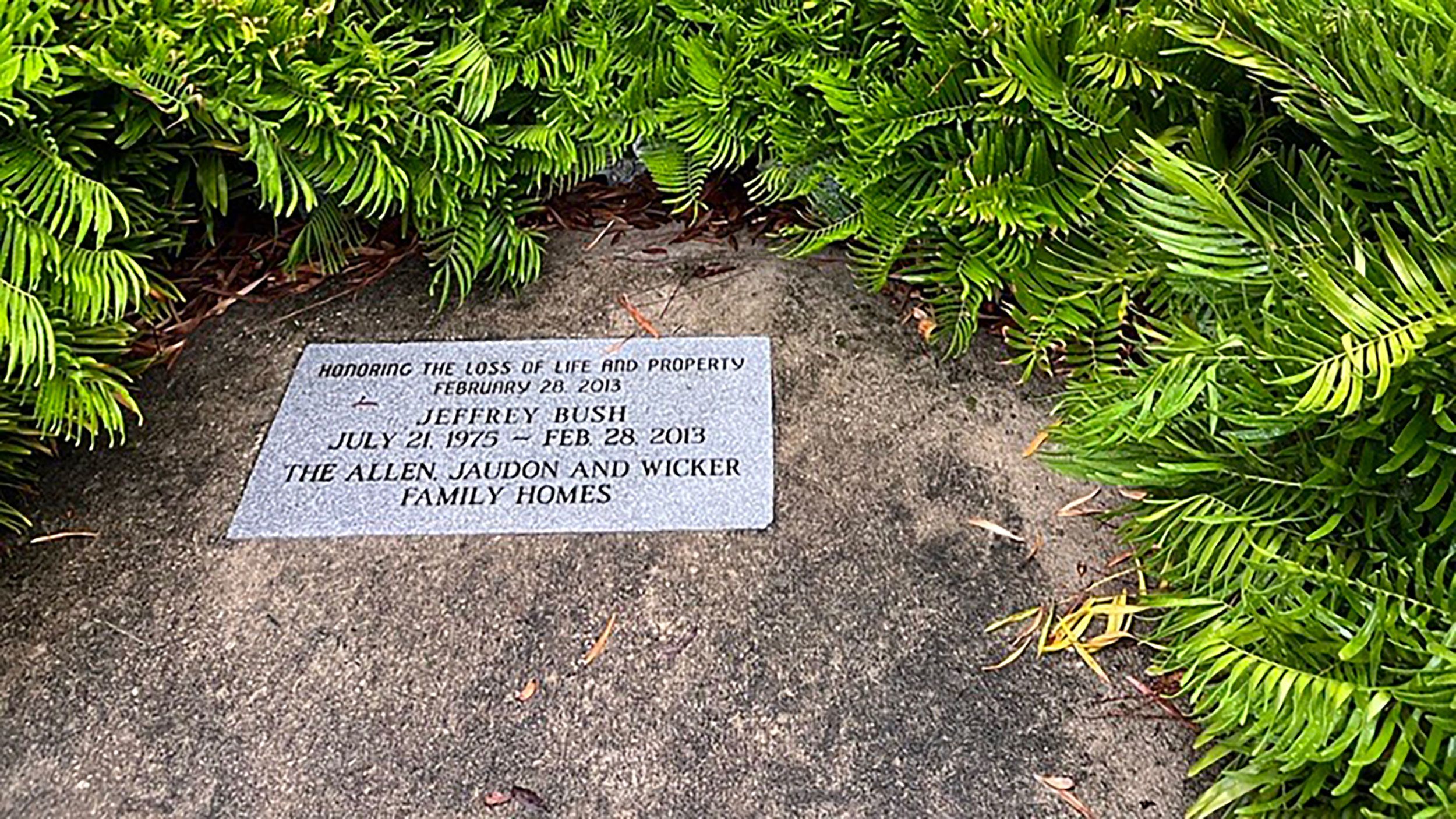
Personal Stories and Community Resilience
The 2013 Florida sinkhole incident, beyond its tragic loss and geological significance, brought to the forefront the resilience and unity of the affected community. Personal stories of loss, survival, and adaptation have emerged, painting a picture of a community that, despite adversity, has found strength in solidarity and a shared commitment to safety and preparedness.
- The story of Jeffrey Bush, the man tragically lost to the sinkhole, and his family"s quest for closure and safety reforms has inspired widespread community support and action.
- Jeremy Bush, who attempted to rescue his brother, has become a vocal advocate for increased awareness and safety measures related to sinkholes, sharing his personal experience to prevent future tragedies.
- Residents of Seffner and surrounding areas have come together to support affected families, participating in community-led safety initiatives and educational programs.
- The sinkhole"s reoccurrences have served as a reminder of the community"s vulnerability but also its resilience, leading to the implementation of improved monitoring and emergency response strategies.
These personal stories underscore the human aspect of natural disasters, highlighting the capacity for resilience, adaptation, and community spirit in the face of unforeseen challenges.
READ MORE:
Conclusion: Lessons Learned and Future Directions
The 2013 Florida sinkhole incident serves as a critical learning opportunity, offering insights into the unpredictable nature of sinkholes and the importance of preparedness and resilience. This tragic event has spurred advancements in detection technology, legislative actions, and community engagement, shaping a more informed and proactive approach to managing sinkhole risks.
- Increased public awareness and education on sinkholes have become pivotal, emphasizing the need for vigilance and early warning signs recognition.
- Advancements in technology for detecting and monitoring sinkholes promise to improve early intervention and mitigation strategies.
- Legislative measures and insurance policies have been refined to offer better protection and support for those living in sinkhole-prone areas.
- The importance of community resilience and solidarity in the face of natural disasters has been underscored, fostering a culture of support and cooperation.
Looking forward, continued research, technological innovation, and community engagement are essential in navigating the challenges posed by sinkholes. The lessons learned from the 2013 incident will guide future efforts to safeguard lives and properties, ensuring that communities are better prepared to respond to and recover from such events.
The 2013 Florida sinkhole tragedy illuminates the critical need for awareness, preparedness, and community unity in the face of natural disasters, guiding us towards a safer and more resilient future.
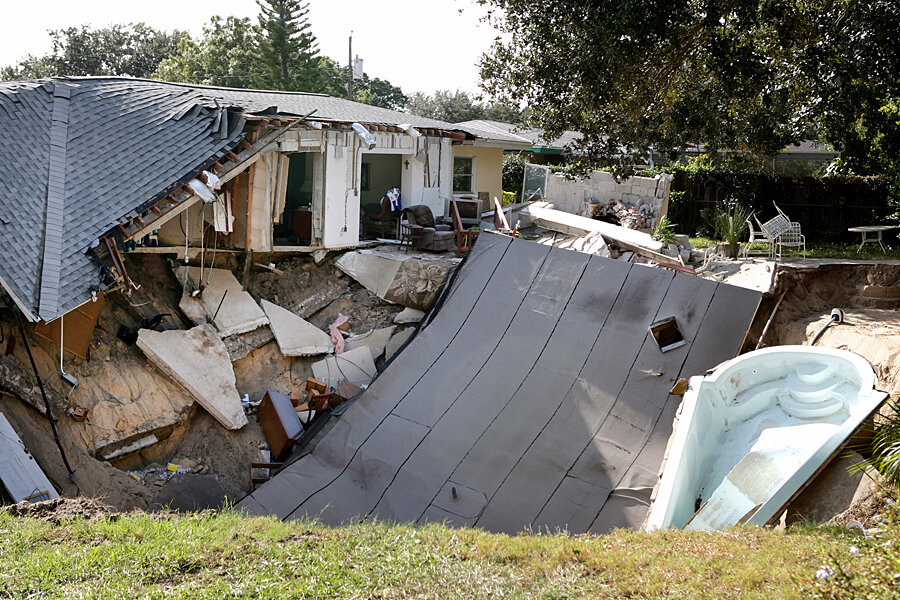


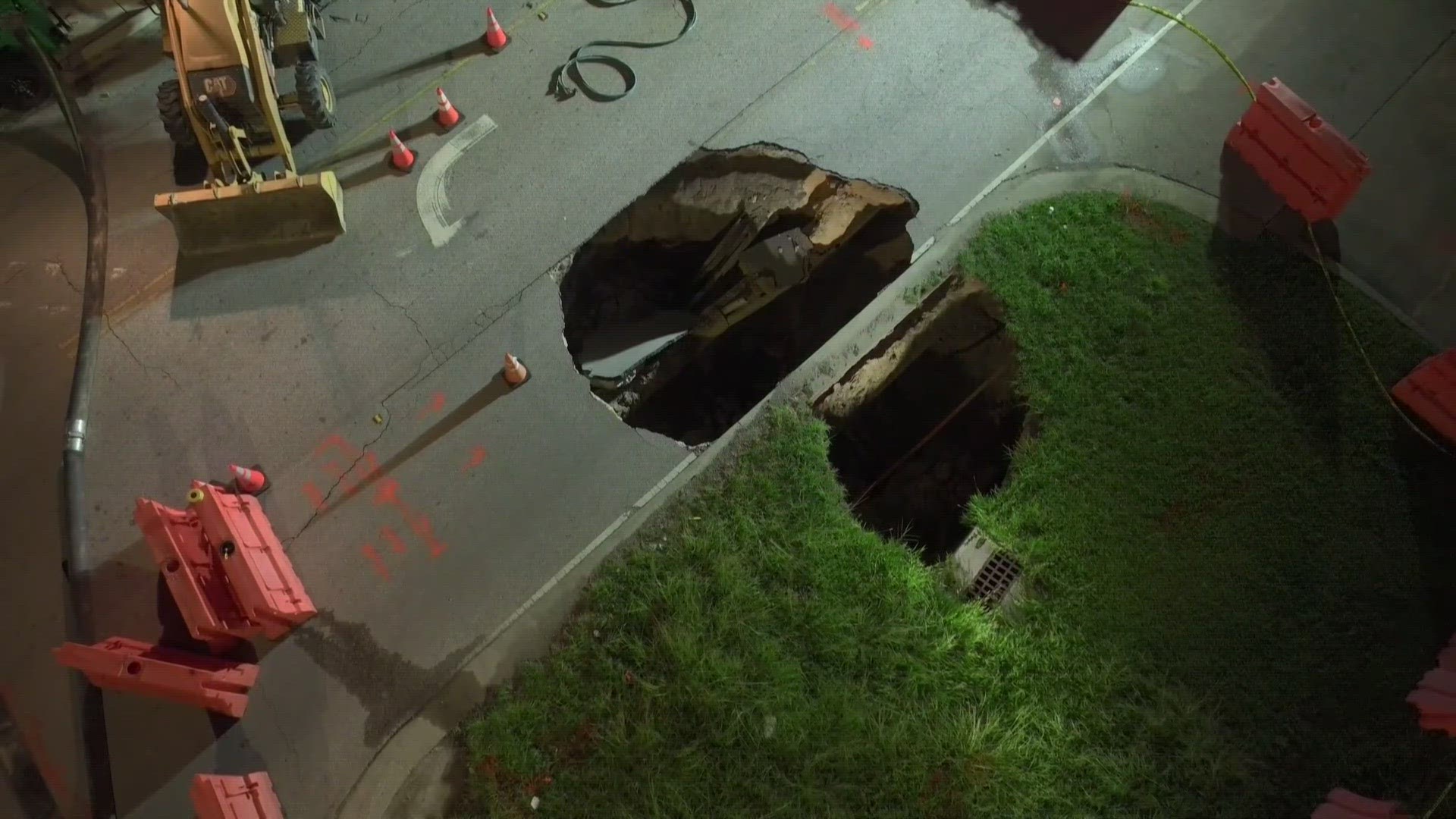
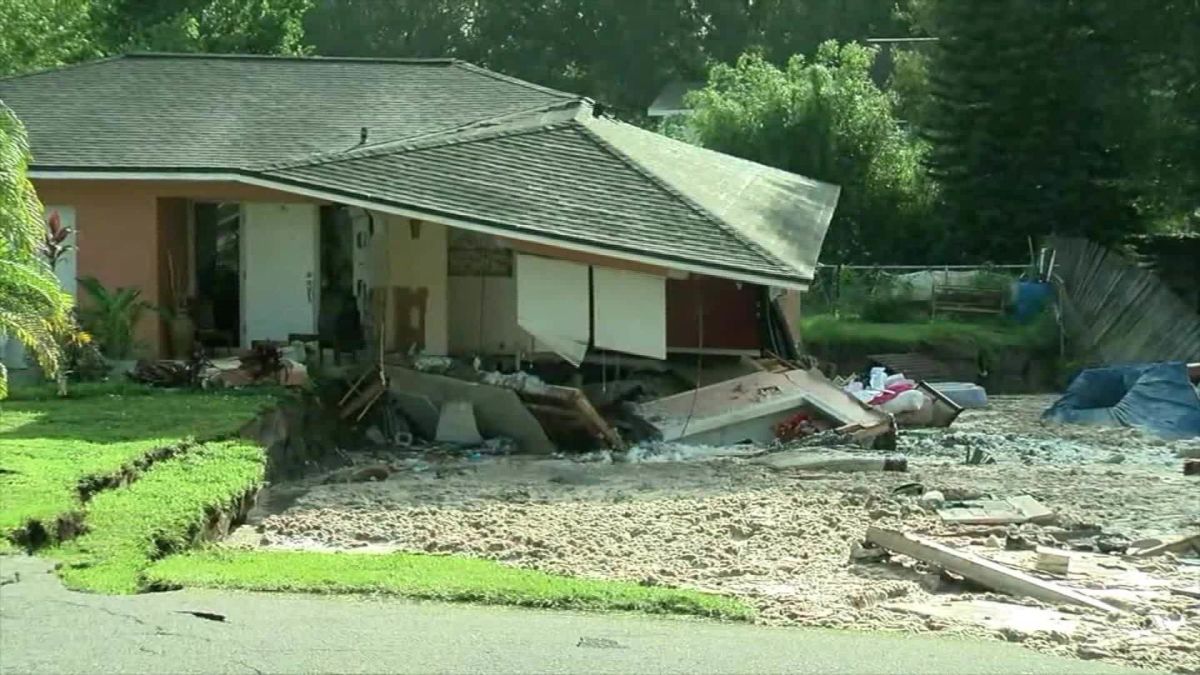
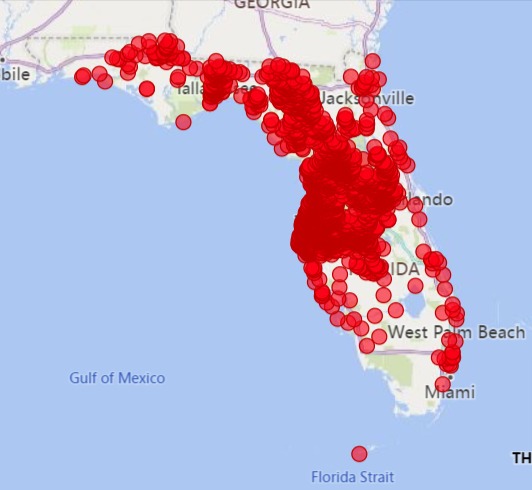

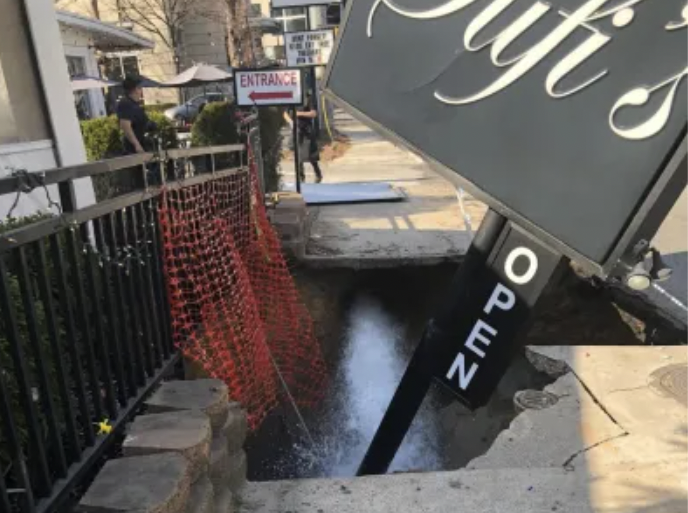
:max_bytes(150000):strip_icc()/__opt__aboutcom__coeus__resources__content_migration__mnn__images__2018__02__SinkholeSunsetParkBrooklynNYC2015-7a37dc7f44cd42feb4accf2cfc4cc0f6.jpg)
